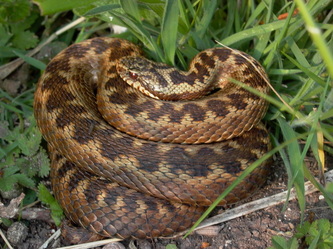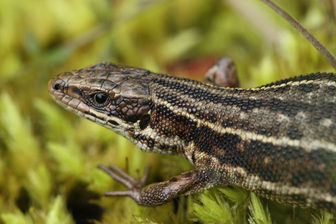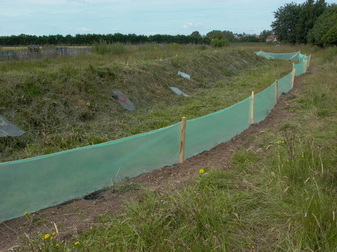- Home
- About Us
-
Services
- Ecological Clerk of Works (ECoW) in Scotland
- Phase 1 Habitat Surveys in Scotland
- Protected Species Scoping Surveys in Scotland
- Great Crested Newt Surveys in Scotland
- Bird Surveys in Scotland >
- Reptile Surveys in Scotland
- Badger Surveys in Scotland
- Water Vole Surveys in Scotland
- Pine Marten Surveys in Scotland
- Red Squirrel Survey in Scotland
- Otter Survey in Scotland
- Camera Trapping in Scotland
- Other groups
- Contact Us
Reptile SurveysThere are six native species of reptile present in Britain, three snakes and three lizards. They are all legally protected under Schedule 5 of the Wildlife and Countryside Act and are protected from intentional killing or injuring. Additionally two species, the Smooth Snake and the Sand Lizard have their habitat protected. Both Smooth Snake and Sand Lizard are also European Protected Species and receive additional protection under Schedule 2 of the Habitat Regulations 1994.
Surveys are seasonally restricted and are best undertaken during April, May or September, with visits restricted to certain times of day and certain air temperatures. The Wildlife Survey Unit undertakes reptile surveys across Scotland including including Inverness, Moray, Aberdeenshire, Argyll, Angus, Perthshire and Caithness. Surveys available are detailed below:
All survey methods follow the recommendations found in Froglife Advice Sheet 10: Reptile Surveys and the Herpetofauna Workers Manual. We are experienced in Reptile mitigation from creation of receptor sites, exclusion and trapping at the donor site, through to population monitoring at the receptor site. |


